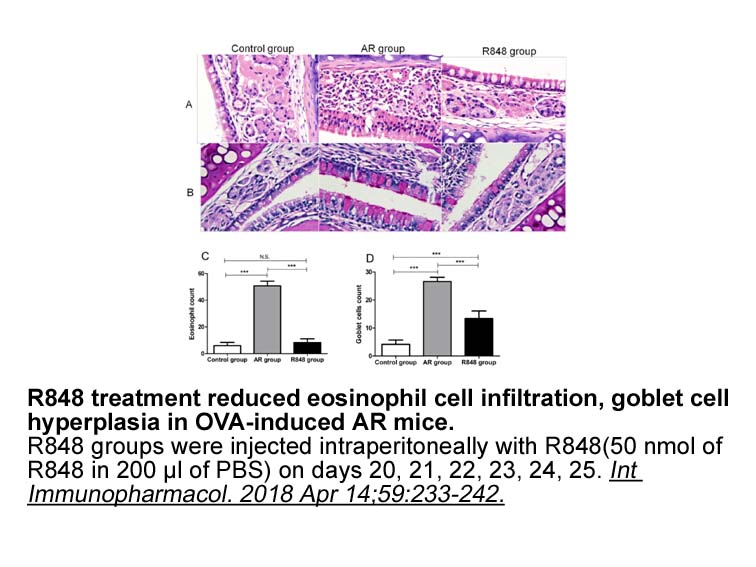Archives
It has been demonstrated that
It has been demonstrated that RA regulates gene BI-D1870 through an epigenetic mechanism during stem cell and cancer cell differentiation. In neuroblastoma cells, RA induced neural maturation through RET gene transcriptional activation by increasing H3K4me3 levels at the promoter region and demethylating H3K27me3 at an enhancer region [13]. Furthermore, during RA-induced F9 cell differentiation, Nr2f1 and Hoxa5 are transcriptionally activated by RA and display increased levels of the permissive H3K9/K14ac and H3K4me3 epigenetic marks [14]. These studies suggest that RA can regulate gene expression by alteration of histone modifications in different cells.
It has been suggested that some congenital disorders characterized by CL/P are associated with epigenetic disregulation. Mutations of PHF8, a histone demethylase of H4K20me1 and H3K9me1/2, were found in a disorder whose main phenotype was CL/P with mental retardation [15], [16]. Haploi nsufficiency of KDM6A, a histone demethylase, is associated with cleft palate (CP) with developmental delay [17]. Mice mutant for the histone acetyltransferase, Moz, have a similar phenotype to DiGeorge syndrome, itself associated with mutations in TBX1[18]. Wolf-Hirschhorn syndrome [19], in which CL/P is seen, is caused by the mutation of Wolf-Hirschhorn syndrome candidate 1 (WHSC1), a gene encoding an H3K36me1/me2/me3 methyltransferase [20].
nsufficiency of KDM6A, a histone demethylase, is associated with cleft palate (CP) with developmental delay [17]. Mice mutant for the histone acetyltransferase, Moz, have a similar phenotype to DiGeorge syndrome, itself associated with mutations in TBX1[18]. Wolf-Hirschhorn syndrome [19], in which CL/P is seen, is caused by the mutation of Wolf-Hirschhorn syndrome candidate 1 (WHSC1), a gene encoding an H3K36me1/me2/me3 methyltransferase [20].
Materials and methods
Results
Discussion
CL/P is a common congenital deformity in humans and is thought to be caused by the interaction of genetic and environmental factors. In recent years, gene mutations in epigenetic modifiers have been detected in congenital diseases including CL/P. This suggests that epigenetic regulation is crucial for normal palatal development. However, it is not understood whether environmental factors that contribute to CL/P can affect palatogenesis through epigenetic mechanisms. Here we showed that overdose of RA, which induces CP, downregulates Whsc1 in palatal mesenchyme. WHSC1 is a candidate gene for Wolf-Hirschhorn syndrome, of which one of the main features is CL/P. Our results suggest that the pathogenesis of cleft palate observed after excessive RA exposure is likely to be associated with a reduction in the histone methyltransferase WHSC1. This provides a new viewpoint for understanding the mechanisms of cleft palate induced by environmental factors.
Conflict of interest
Introduction
Histone methyltransferases (HMTases) are essential in chromatin modification and target lysines (K) on histone H3 and H4 and arginines on histones H2A, H2B, H3, and H4 (Alam et al., 2015). However, our understanding of histone modifications is incomplete and a number of HMTases remain to be identified. Histone modifications such as H3K37me1 and H3K122me1 have been recently identified, but their responsible methyltransferases remain undiscovered (Li et al., 2017). Simplicity in the relationship of one histone-methyl mark to one responsible HMTase is consensual for fission yeast Schizosaccharomyces pombe histone methyltransferases in contrast to the complex relationship of multiple histone-methyl marks to multiple histone methyltransferases in higher eukaryotes (Allshire and Ekwall, 2015). Unlike the 68 catalytic SET domain-containing HMTases identified in humans, only 13 SET domain-containing proteins (Set1-3, Clr4, and Set5-13) exist in S. pombe (Allshire and Ekwall, 2015). Out of the 13, only 4 HMTases, Set1 (Noma and Grewal, 2002), Set2 (Morris et al., 2005), Clr4 (Nakayama et al., 2001), and Set9 (Wang et al., 2009), have been identified as HMTases specific to H3K4, H3K36, H3K9, and H4K20, respectively. Except for Set10, Set11, and Set13 identified as ribosomal methyltransferases (Sadaie et al., 2008, Shirai et al., 2010), Set3 (Rentas et al., 2012), Set5, Set6, Set7, Set8, and Set12 are predicted to be histone methyltransferases but remain uncharacterized. To grasp the roles of all methyltransferases and the logic of their pathways in S. pombe, it is essential to understand the roles and functions of the uncharacterized putative HMTases. Here, we identify the putative SET domain-containing Set7 (Pombase: SPCC297.04c) as a histone methyltransferase targeting the uncharted H3K37 mark. We discovered a link in S. pombe between proper gametogenesis and H3K37 methylations mediated by Set7.